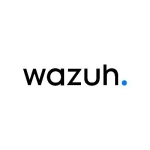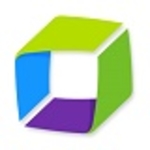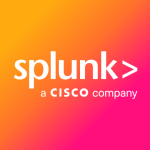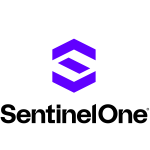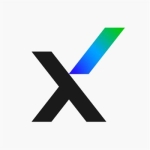What is our primary use case?
We are using IBM QRadar for log reviews, particularly logs that come and go from the IPS, firewall, etc.
We have different dashboards for different technologies such as our firewall, IPS, and domains for our main website, so we use IBM QRadar to observe the logs from our website, and we try to make internal and external connections for better domain security.
What is most valuable?
The best feature of IBM QRadar is visualization which shows you when there's a spike in the system, and this makes you realize that there's something wrong with the log.
What needs improvement?
IBM QRadar has outdated technology, and this is its area for improvement. When you try to implement an analytic expression, it's not updated. The solution doesn't support newer technologies, and it doesn't update regularly. For example, around the world, others implement new technologies, while IBM updates later than others.
There isn't any additional feature I'd like added to IBM QRadar at this point because it's sufficient for visualizing the logs.
For how long have I used the solution?
I've been with the company for one and a half months, and I've been using IBM QRadar almost daily, but the solution was deployed five or six months ago.
What do I think about the stability of the solution?
IBM QRadar is a stable solution.
What do I think about the scalability of the solution?
IBM QRadar is a scalable solution. My company currently has seven to eight different accounts on IBM QRadar, so it's a scalable technology. It has no problems with scalability.
How are customer service and support?
I didn't have any problems with IBM QRadar, so I never contacted the technical support team.
Which solution did I use previously and why did I switch?
I'm assuming that the main reason my company chose IBM QRadar is that IBM is one of the biggest tech companies in the world, so IBM products would be more secure and more reliable than other solutions.
How was the initial setup?
As I didn't set up or deploy IBM QRadar, I have no information on whether it was easy or complex to set up.
What's my experience with pricing, setup cost, and licensing?
I have no information about the licensing costs of IBM QRadar, and whether or not it requires a license.
What other advice do I have?
I'm an intern at one of the biggest telecommunication companies, and my company uses IBM QRadar.
My advice if you want to use IBM QRadar is that you should use it because it's very scalable and it's easy to use. The solution also has many dashboards, and you don't have to write any code or write different scripts to get the information you need. You can do it from the UI of IBM QRadar. The only room for improvement in the solution is that it doesn't support newer technologies, and it's late when it comes to updates.
I'm rating IBM QRadar nine out of ten because my experience with it has been excellent. The only downside to it is that IBM is late with adding new features or supporting new technologies compared to its competitors.
My company is an IBM QRadar customer.
Which deployment model are you using for this solution?
On-premises
Disclosure: My company does not have a business relationship with this vendor other than being a customer.









